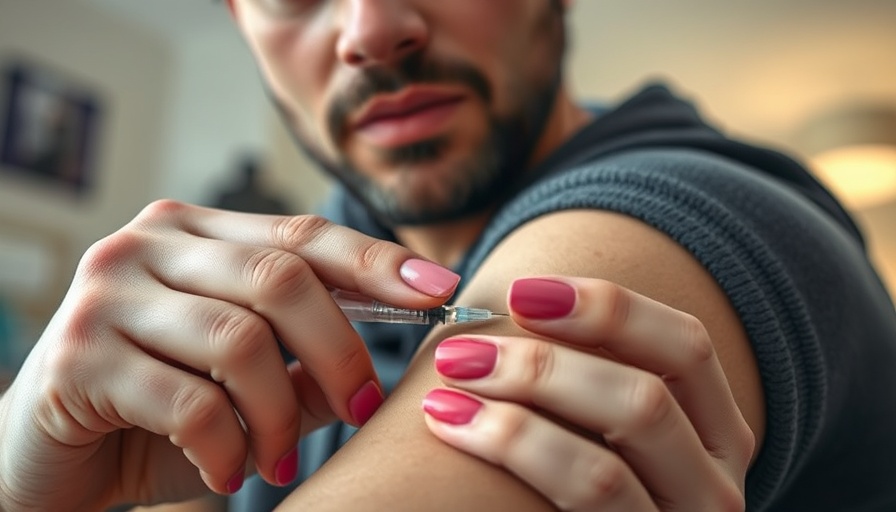
Understanding GLP-1 Medications in Aesthetics
The emergence of GLP-1 medications like Ozempic, Wegovy, and Mounjaro is revolutionizing the landscape of the aesthetic industry. Originally intended for managing diabetes and facilitating weight loss, these medications have gained surprising traction among individuals seeking cosmetic enhancements. Practitioners are starting to see an influx of clients not just wanting weight loss but also concerned about the aesthetic implications of rapid weight change.
The Impact on Skin Health
One of the most significant concerns linked to the use of GLP-1 medications is skin laxity and volume loss. As individuals lose weight swiftly, especially younger populations, they may develop skin issues often associated with aging. This has led to a burgeoning demand for non-surgical aesthetic procedures that can restore volume and skin elasticity. Medical spa owners should be prepared to provide complementary treatments that can counteract these effects, such as dermal fillers and skin tightening therapies.
Navigating Patient Expectations
With the rising popularity of these medications, it is essential for medical spa owners to manage patient expectations carefully. Many potential clients may not fully understand the aesthetic consequences of rapid weight loss. As a result, education must become a cornerstone of any treatment plan involving GLP-1 drugs. Providing clients with thorough consultations that address both the benefits and the potential concerns can foster a more informed and satisfied clientele.
Future Trends: Integration and Innovation
Looking ahead, the integration of GLP-1 medications into the aesthetic space suggests a trend towards more holistic approaches in cosmetic treatment. The ability to address both weight management and skin rejuvenation may bring new synergy to medical aesthetics. Spa owners should consider incorporating these medications into their practice strategically, offering a full-circle approach that emphasizes the significance of both a healthy body and skin integrity.
Actionable Insights For Medical Spa Owners
Savvy medical spa owners can take a proactive approach to adapt to the "Ozempification" of aesthetics. Educating staff about these medications, developing treatment protocols that account for their effects, and marketing appropriately will not only prepare the practice for increased demand but also position it as a leader in aesthetic innovation. Furthermore, consider forming partnerships with healthcare providers who can prescribe these medications, thereby expanding your business network.
Conclusion: Embrace the Transformation
As the aesthetic industry evolves due to GLP-1 medications, medical spa owners have the opportunity to adapt and thrive. By understanding the implications of these drugs, addressing client needs, and integrating innovative treatments, the aesthetic industry can continue to flourish in the face of rapid pharmaceutical advancements. Join the conversation and keep abreast of these changes to better serve your clientele and enhance your practice.
 Add Row
Add Row  Add
Add 




Write A Comment